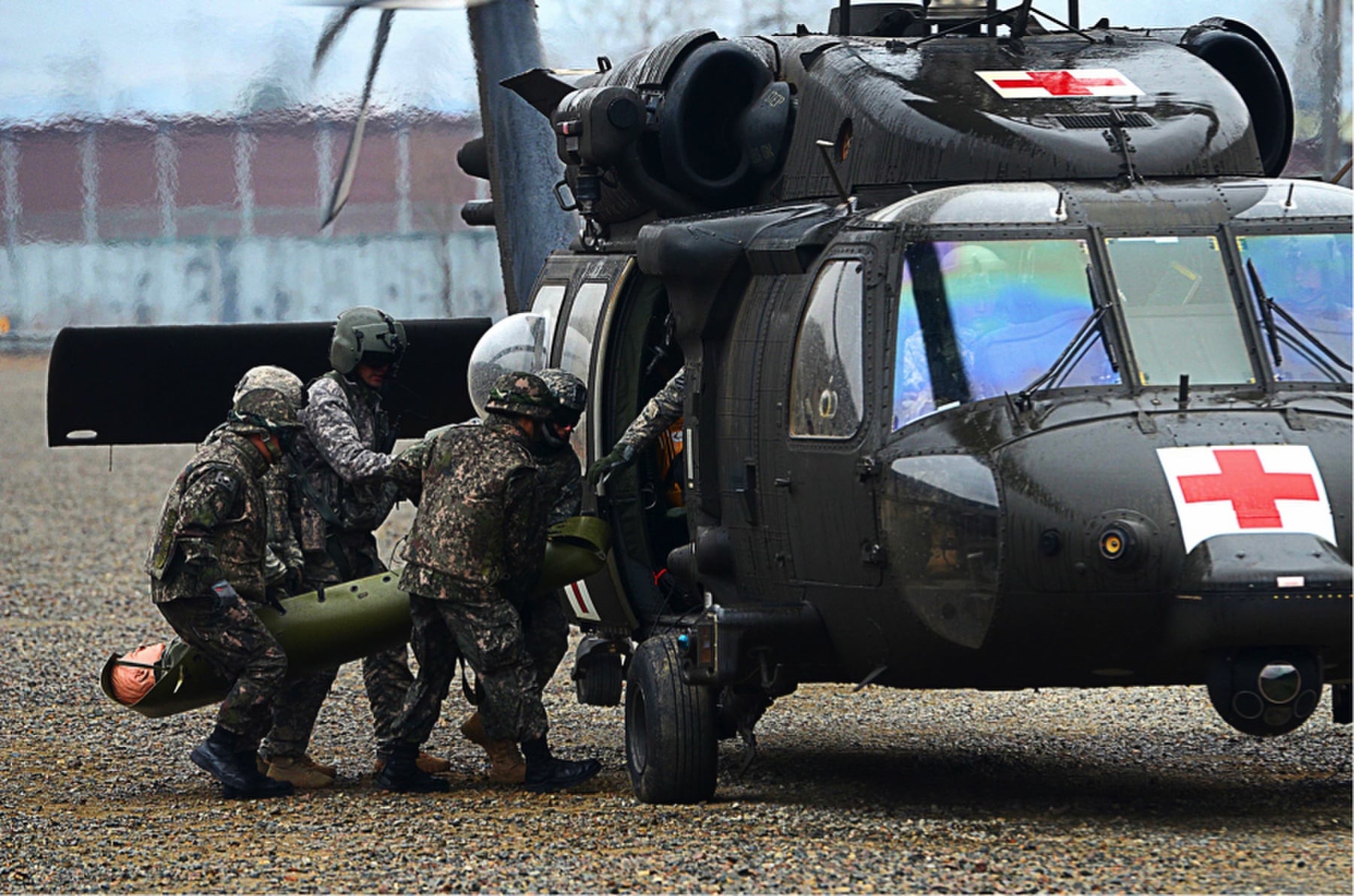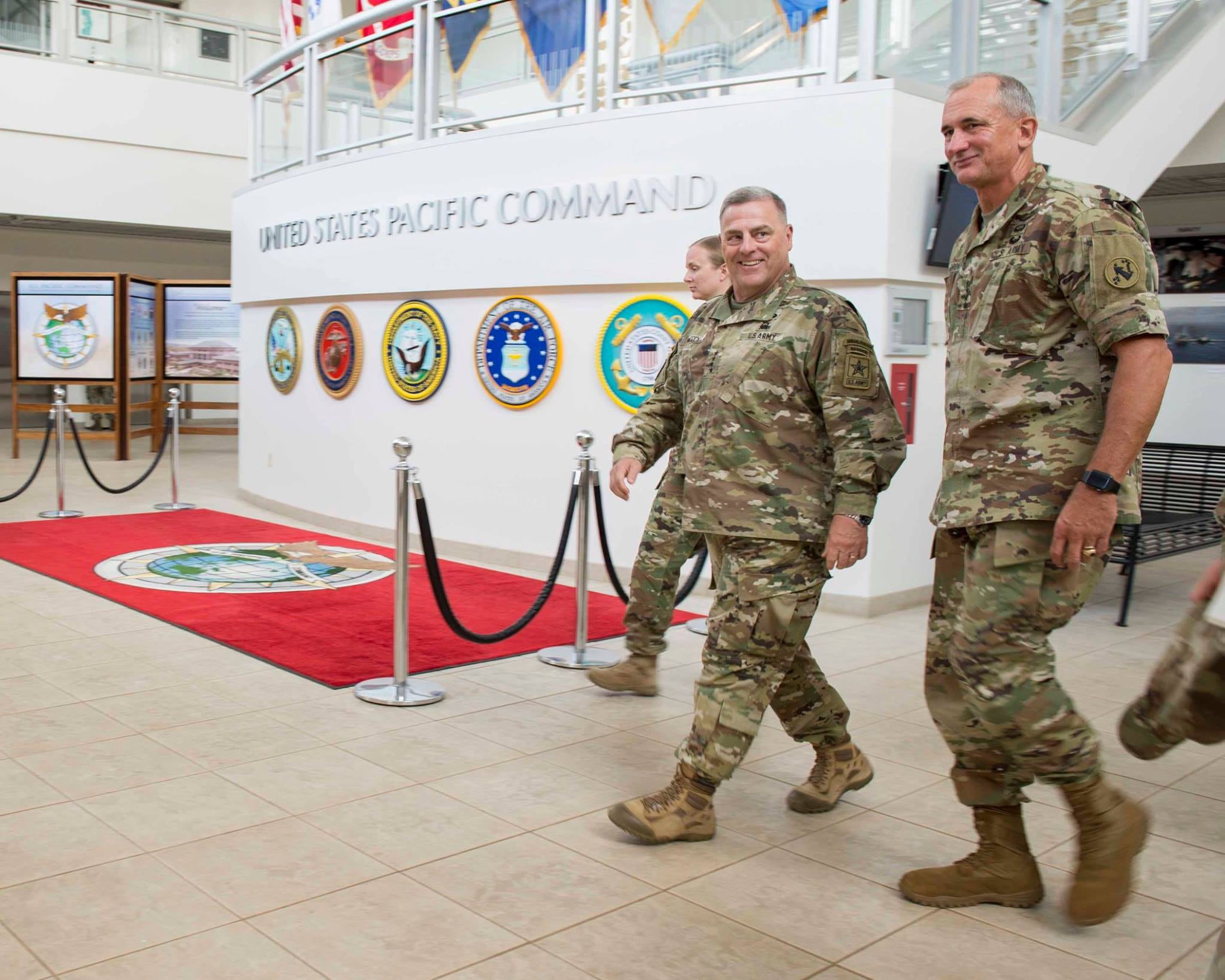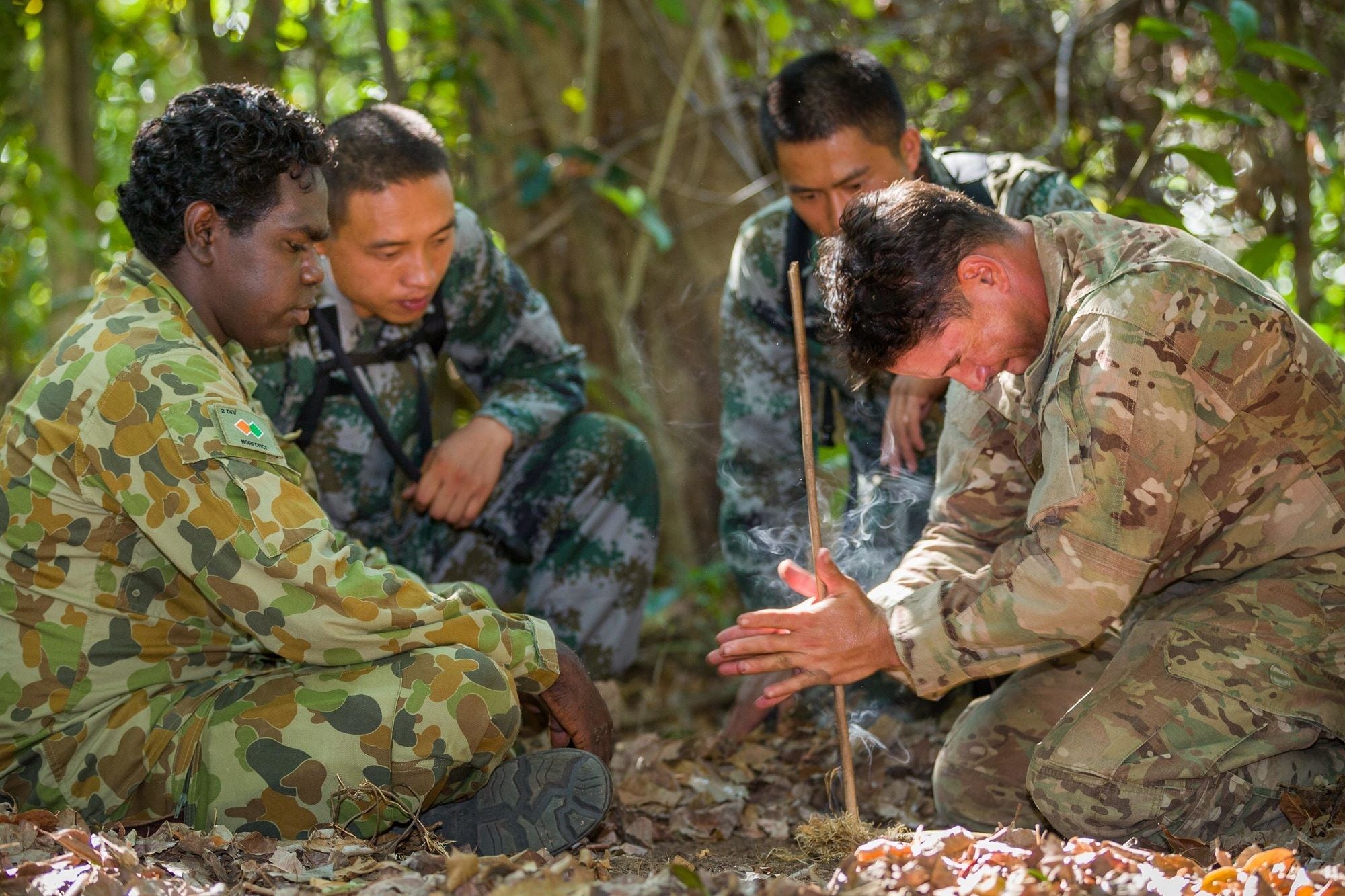The Army is set to expand its Pacific Pathways missions, with plans calling for one to be led by an Army National Guard brigade and another that will include a stop in Vietnam.
"Pacific Pathways is, in my opinion, the biggest innovation I've seen in training and exercises in 35 years," said Gen. Robert Brown, commanding general of U.S. Army Pacific. "Yes, it's the same exercises we used to do, but it's done in different ways. It provides options to the combatant commander, where he'll have forces 10 months out of the year west of the international dateline."
Pacific Pathways, which made its debut in 2014, employ a single unit through what officials call a "training pathway." This unit spends three to four months in a series of already approved, consecutive bilateral and multilateral exercises and engagements with foreign militaries.
Previous Pathways have included stops in Mongolia, Japan, South Korea, Thailand, the Philippines, Malaysia and Indonesia.
The Pathways are part of the Army's contribution to the United States' rebalance to the Asia-Pacific region. They also enable the Army to commit troops to a specific region of the world to support the geographic combatant commanders.
"It's more faces in more places without more bases," Brown said during a roundtable Wednesday with reporters at the Pentagon.
It also gives Army units deploying on a Pathway the chance to train, exercise and practice deploying overseas.
For example, during one of the early Pathways exercises, it took 13 hours to reassemble a helicopter after it had been shipped to an exercise, Brown said. Now, it’s done in three hours.
"It’s a tremendous opportunity," he said. "We’re always looking to improve it."

Republic of Korea soldiers and U.S. Soldiers from 1-2 Stryker Brigade Combat Team load a casualty into a Black Hawk as part of medical evacuation training at Rodriguez Live Fire Complex, South Korea. The soldiers conducted combined hoist and medevac training as part of Pacific Pathways.
Photo Credit: Spc. Loren Keely/Army
Since the first Pathways exercise, the Army has continued to develop and grow the concept.
This year, U.S. Army Pacific for the first time had so-called reverse Pathways. Instead of sending soldiers to Singapore, Japan and Canada, troops from those countries are training with U.S. forces in Hawaii, Washington State and Alaska.
In the future, the Army is looking to add more locations to its Pathways missions, Brown said. Vietnam and Nepal are two possible future locations.
Since taking command in May, Brown has met with military leaders from almost two dozen Asia-Pacific countries, he said.
"Every one of them has said, ‘we want a Pathways. We want more Pathways. We want to be involved,’" Brown said. "And many are interested in reverse Pathways."
Also in the works are Pathways that feature increased command and control communication systems and further integrating the other Army components and services.
"We’ll look at, always, how we can tailor it and scale it in a way that builds readiness and continues to increase our options in the Pacific," Brown said.
The Army also is seeking ways to further integrate more Guard and Army Reserve troops into Pathways and other USARPAC exercises, Brown said.
This includes a Pathway rotation in 2018 that would be led by a brigade from the Indiana Guard, he said.
"[The reserve component has] been part of Pathways, they’ve been part of every exercise we do here, but we want them to lead the effort, not just be part of it," Brown said.

U.S. Army Pacific commander Gen. Robert Brown, right, walks with Army Chief of Staff Gen. Mark Milley during Milley's recent visit to the Asia-Pacific region. Brown took command of USARPAC in May.
Photo Credit: Army
In addition to Pacific Pathways, Brown on Wednesday also answered questions on several other topics during the roundtable with reporters.
Here are some highlights.
North Korea
The threat from North Korea keeps him awake at night, Brown said, just one day after a ballistic missile fired from a North Korean submarine flew more than 300 miles off the coast of Sinpo over and into the Sea of Japan.
"If you look at the current regime, that’ll make 31 launches in four years," Brown said.
This is compared to the previous regime, which had nine launches in 17 years, he said.
"That tells you something about North Korea’s intentions," he said.
The Army has forces in South Korea "postured and ready to go should something happen," Brown said.
"That’s my focus, readiness and being ready to fight tonight," he said. "I’m very worried about it, as you look at the trend. We have to be ready."
To prepare, the Army is focused on "tough, demanding, realistic training to be ready to defeat any threat coming from North Korea," he said.
The Army also has an armored brigade combat team deployed to South Korea, giving U.S. commanders there a whole, ready and trained brigade, Brown said.
"The more exercises we can do there, the better prepared we can be should North Korea try to do something stupid and try to attack South Korea," he said.
When asked about how quickly the Army can respond, if needed, Brown said he is confident in the resources and assets available to him.
"Our forces in the Pacific, they’re assigned to Pacific Command, so those brigades we need, the theater-enabling commands, we don’t have to wait to figure out who’s going to go where," he said. "We rehearse their movement, and they’re here, and, literally, some will move within hours."
More equipment
USARPAC is looking to place Pacific Activity Sets – sets of equipment designed to provide humanitarian assistance and disaster response – across the region, Brown said.
"We’re continuing to work that," he said, adding that nothing has been finalized.
The most promising discussions are taking place in Vietnam and Malaysia, Brown said.
"None of them are finalized, but they’re very, very promising," he said.
The Army also is in early talks with Bangladesh and Cambodia, he said.
"It’s about figuring out where they could be postured to save the most lives, where they could be postured to be forward and assist throughout the region," Brown said. "Unfortunately, there are going to be disasters. That’s one thing we know for sure."
Budget priorities
Brown, echoing the Army’s top leaders, said that readiness is his top priority.
"I’ve always said as a leader you’ve got to have your forces ready to go, to make sure those men and women are prepared if called into combat," he said.
Readiness also means developing the Army’s young leaders, Brown said.
"Our advantage, no question, is people," he said. "The right leaders can handle anything. That’s a key part of readiness."
Brown also is looking to the future and how the Army can continue to evolve to meet the threats it might face, he said.
"We’ve got to look at how we maintain our edge," he said.
Michelle Tan is the editor of Army Times and Air Force Times. She has covered the military for Military Times since 2005, and has embedded with U.S. troops in Iraq, Afghanistan, Kuwait, Haiti, Gabon and the Horn of Africa.





